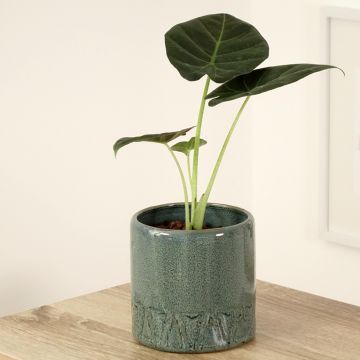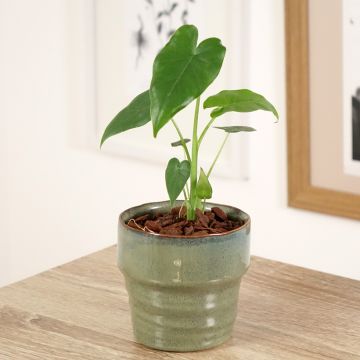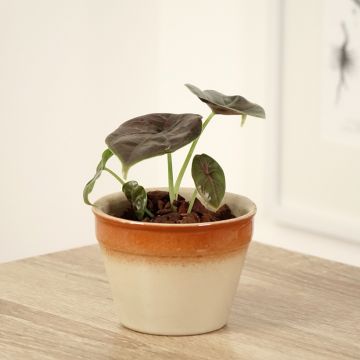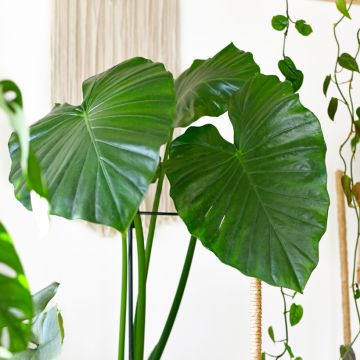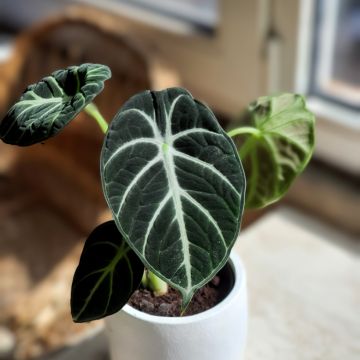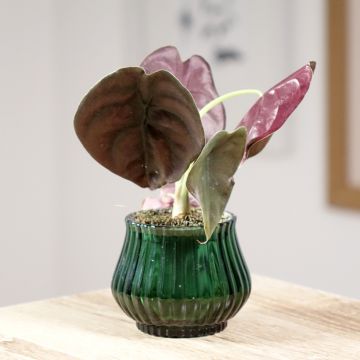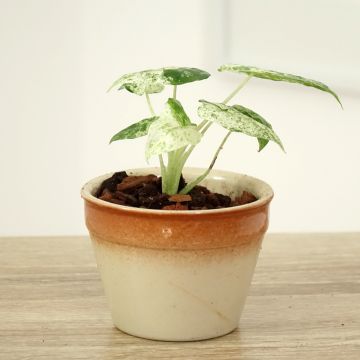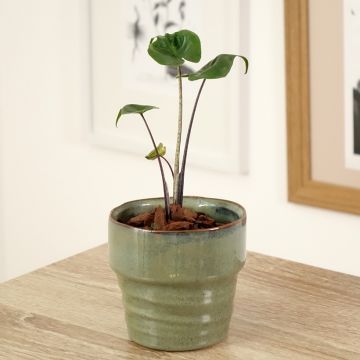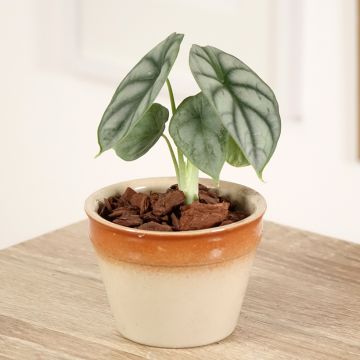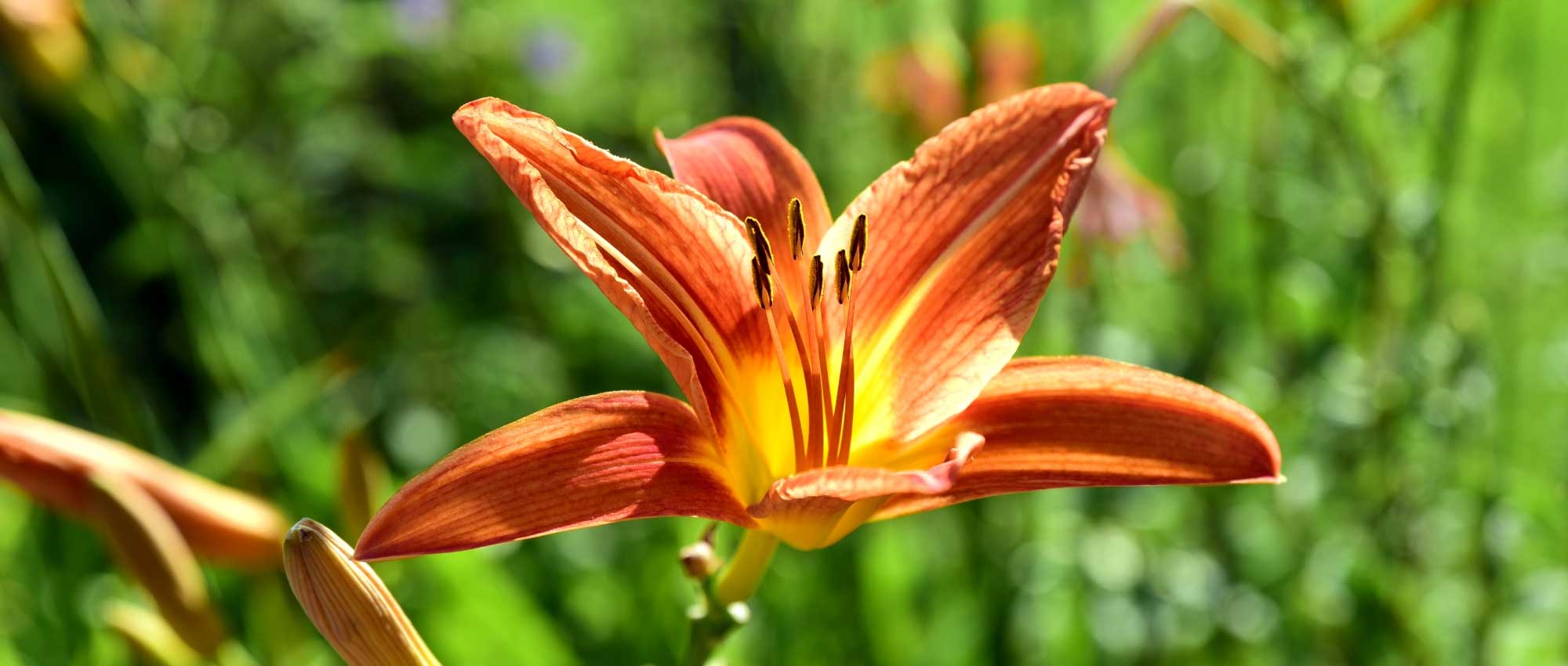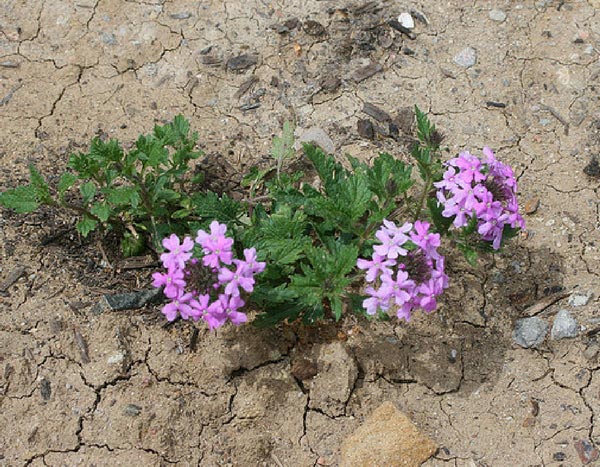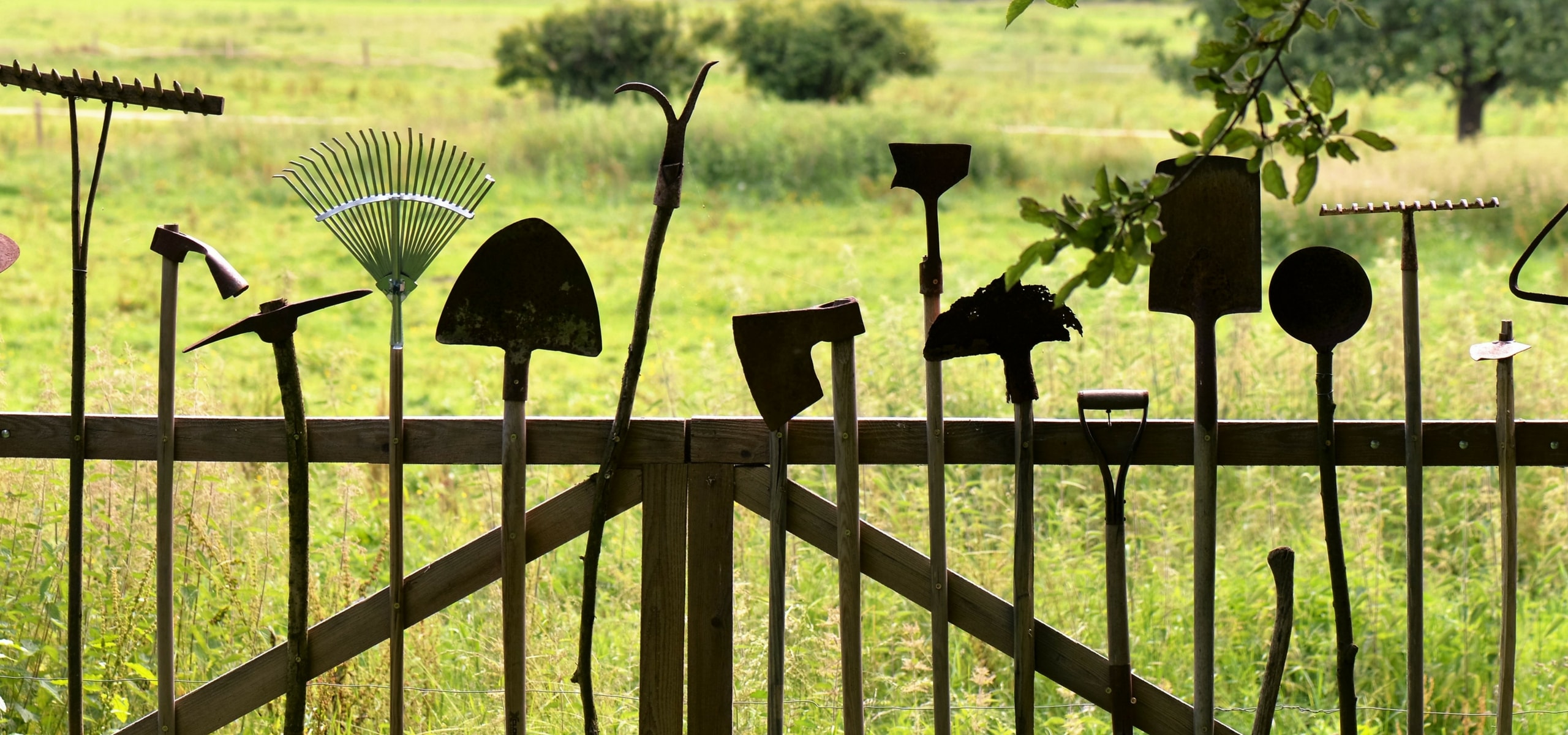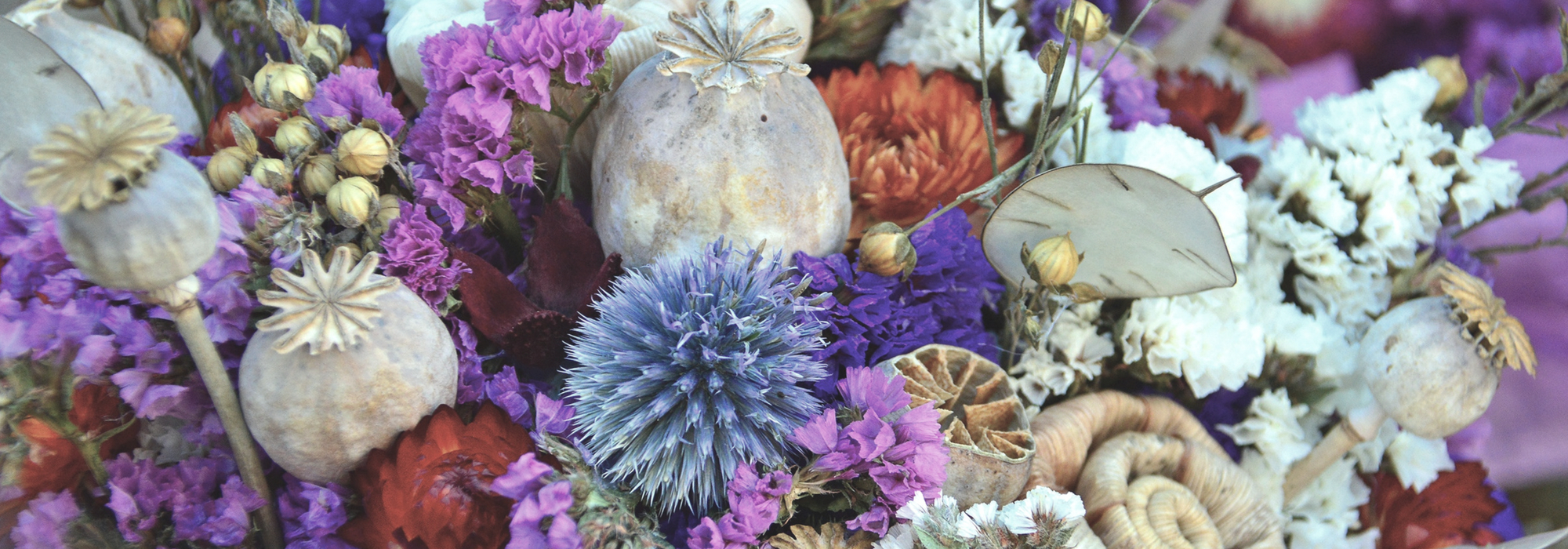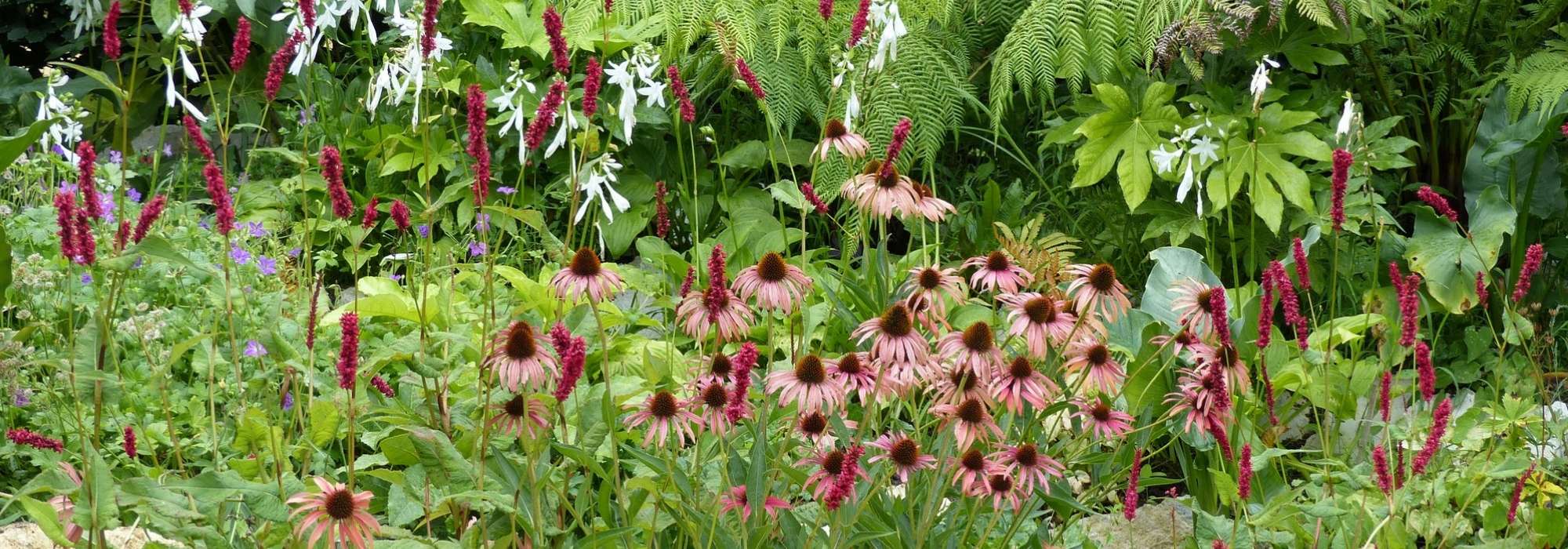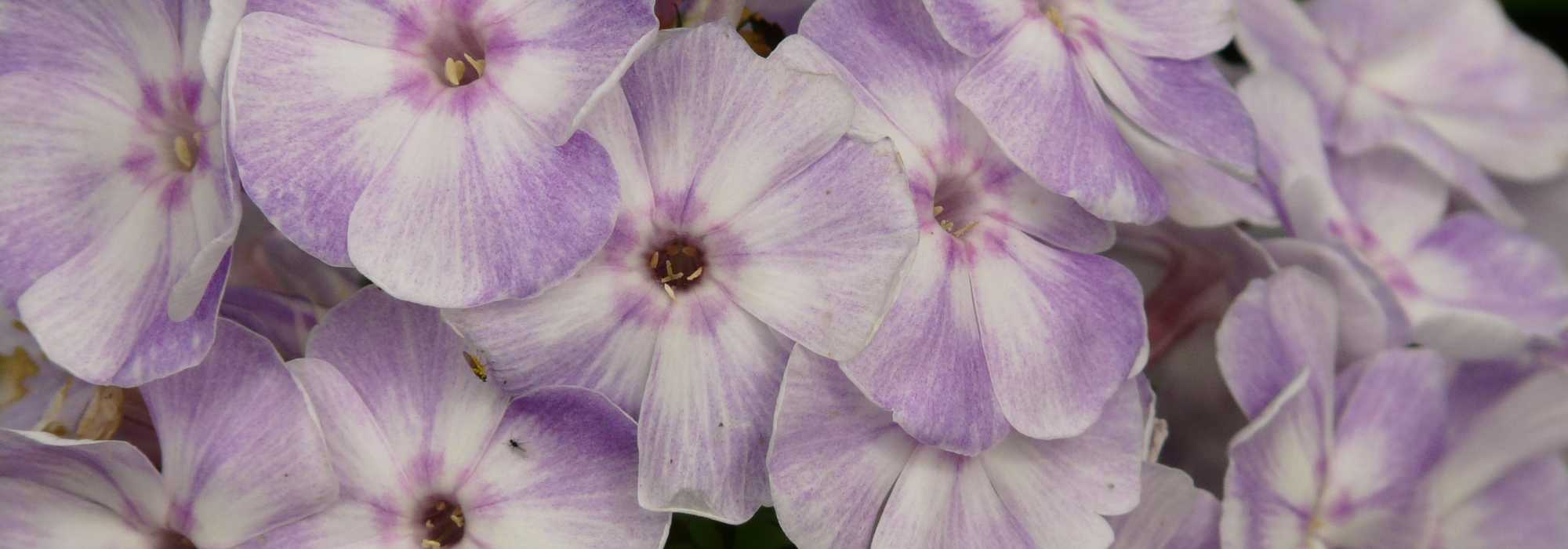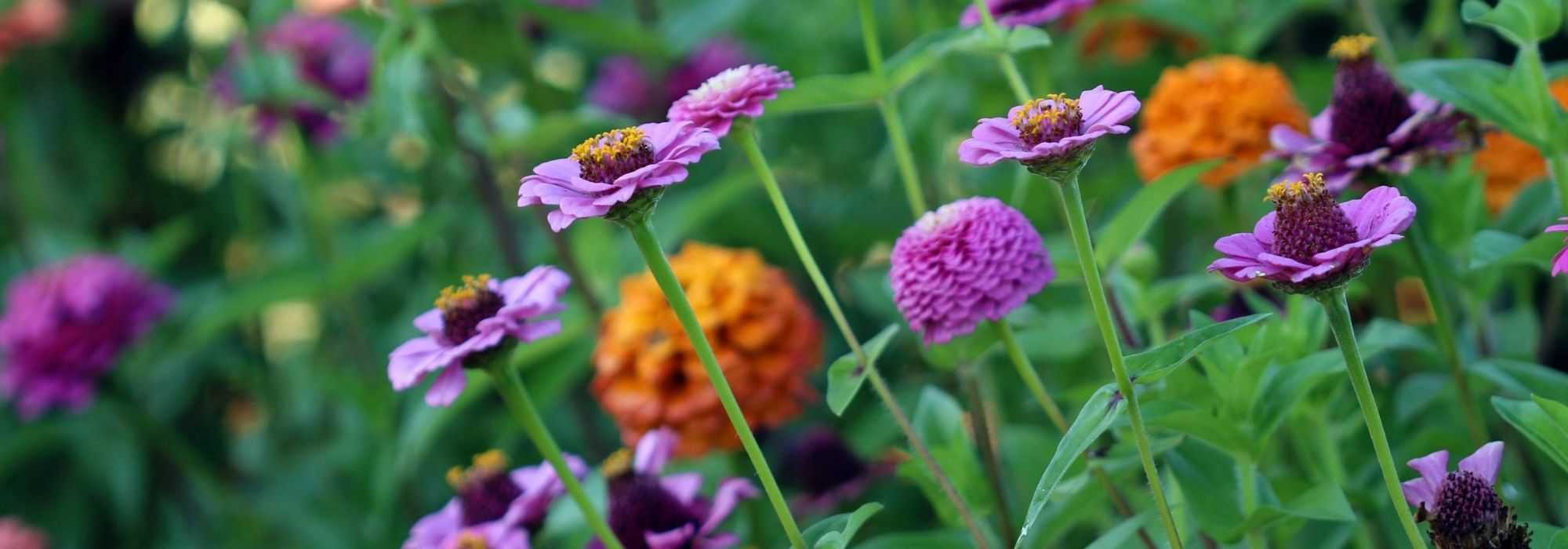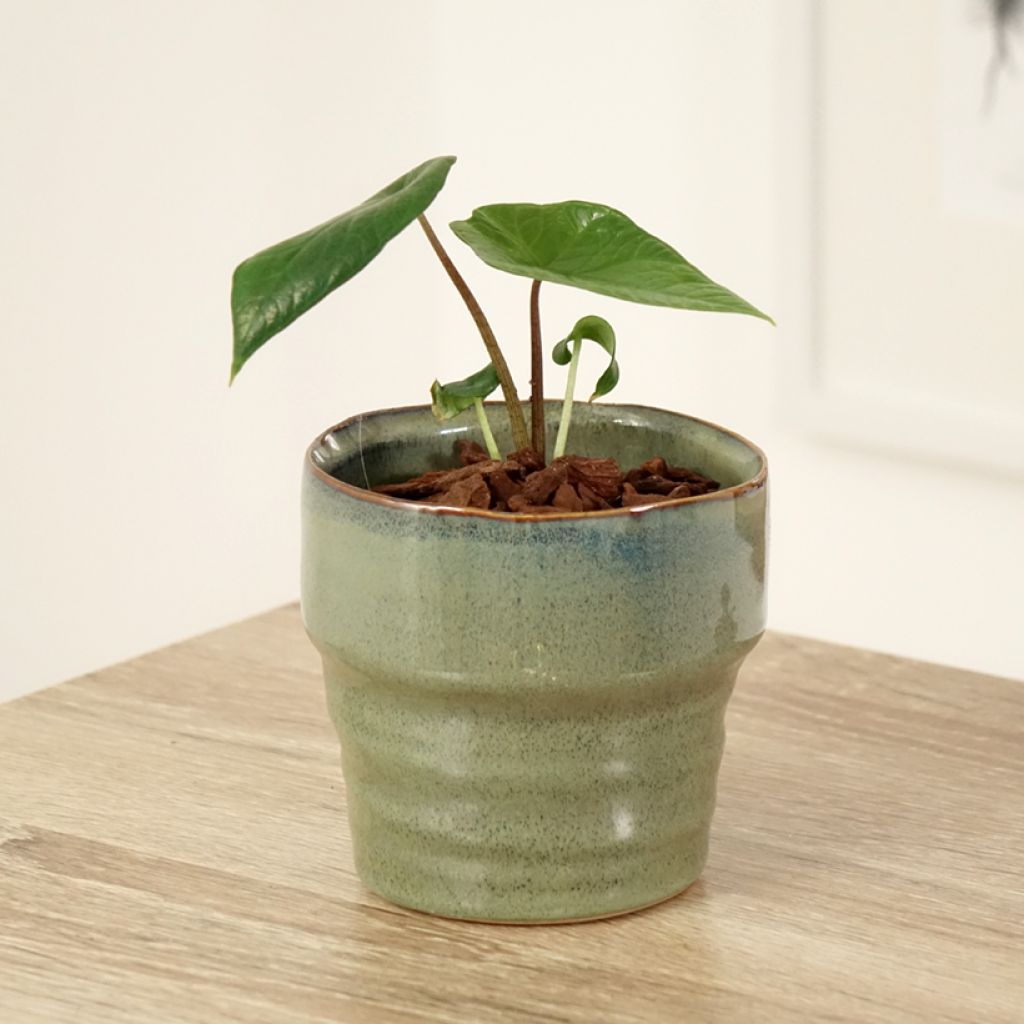

Alocasia scalprum - Elephant's ears plant
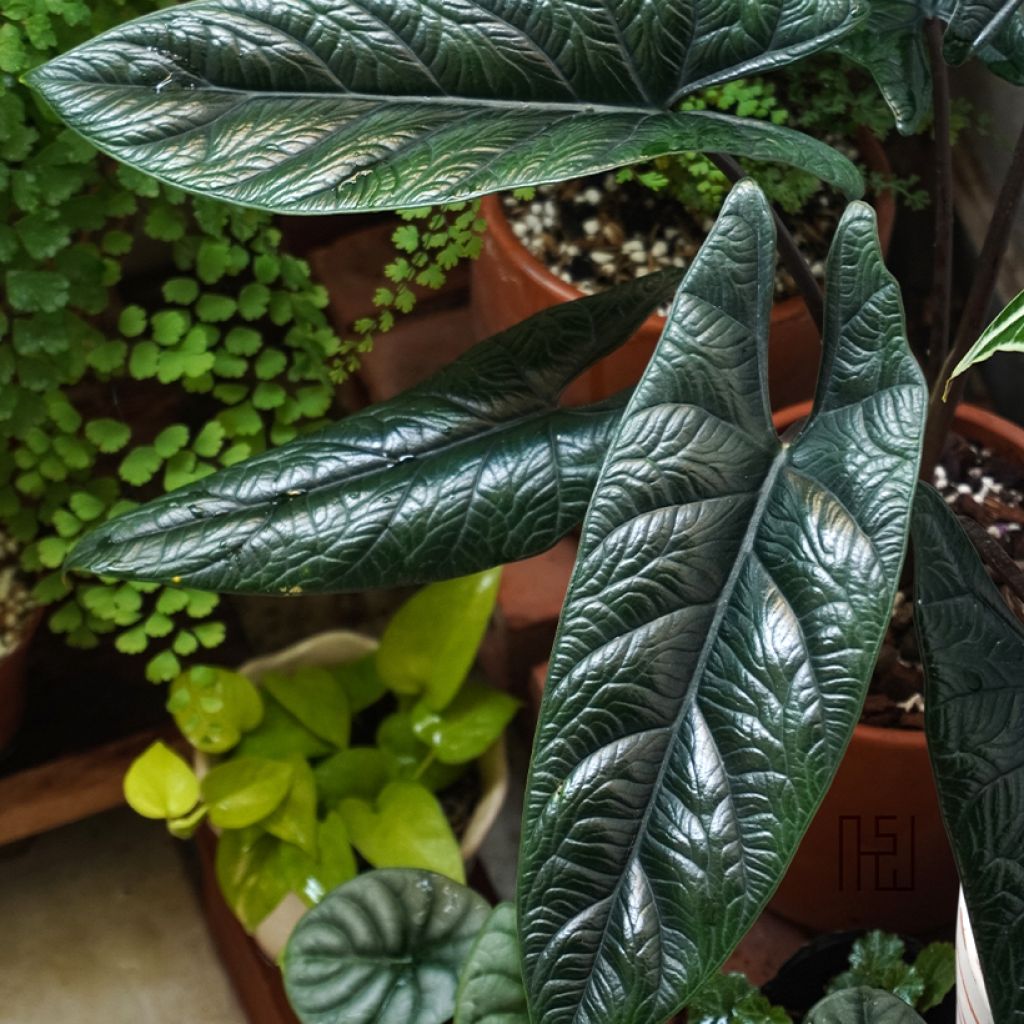

Alocasia scalprum - Elephant's ears plant
Alocasia scalprum - Elephant's ears plant
Alocasia scalprum
Giant taro, elephant’s ears
Special offer!
Receive a €20 voucher for any order over €90 (excluding delivery costs, credit notes, and plastic-free options)!
1- Add your favorite plants to your cart.
2- Once you have reached €90, confirm your order (you can even choose the delivery date!).
3- As soon as your order is shipped, you will receive an email containing your voucher code, valid for 3 months (90 days).
Your voucher is unique and can only be used once, for any order with a minimum value of €20, excluding delivery costs.
Can be combined with other current offers, non-divisible and non-refundable.
In stock substitutable products for Alocasia scalprum - Elephant's ears plant
View All →This plant benefits a 30 days rooting warranty
More information
We guarantee the quality of our plants for a full growing cycle, and will replace at our expense any plant that fails to recover under normal climatic and planting conditions.
Description of Alocasia scalprum - Elephant's ears plant
Alocasia scalprum is a true rare gem for indoor plant enthusiasts. Its elongated, glossy leaves, with delicately embossed veins and bluish hues at maturity, have a truly sophisticated appearance. Native to the tropical forests of the Philippines, it thrives in abundant indirect light and a humid atmosphere, reminiscent of its natural habitat. A rich, well-drained soil, kept slightly moist, suits it perfectly, while warm temperatures, between 18 and 25°C, promote optimal growth.
Alocasia scalprum belongs to the Araceae family, renowned for its spectacular foliage plants. It is a wild plant endemic to the island of Samar in the Philippines, where it grows under the dense canopy of tropical forests. This Alocasia has an upright habit, with slender leaves that rise gracefully. When potted indoors, it reaches 30 to 60 cm in height at maturity, with a similar spread. Its deep, shiny green leaves are tapered like spears, with a slightly waffled texture that reflects light. Their colour can sometimes display metallic or bluish tones, a detail that makes it even more fascinating. Its discreet flowers are typical of Araceae, in the form of a spadix surrounded by a spathe. Alocasia scalprum is toxic to animals and humans if ingested, like most members of its family. If you're tempted by this beauty, ensure you can recreate conditions close to its natural habitat: bright, indirect light, high humidity, and special attention to its substrate which should be rich but well-drained. With proper care, Alocasia scalprum can become a true star of your indoor jungle!
Alocasia scalprum fits wonderfully into minimalist, contemporary, or even lush jungle-inspired settings. Place it in a bright living room to make it the centrepiece of your decor, or in a tropical conservatory where it will coexist harmoniously with other exotic plants. It pairs particularly well with neutral-toned ceramic pots, gold metal stands, or natural wood shelves for a Scandinavian look. Pair Alocasia scalprum with plants that share its light and humidity needs, such as Calathea orbifolia, with its broad, elegant leaves, or Philodendron gloriosum, famous for its velvety foliage.
Report an error
Alocasia scalprum - Elephant's ears plant in pictures
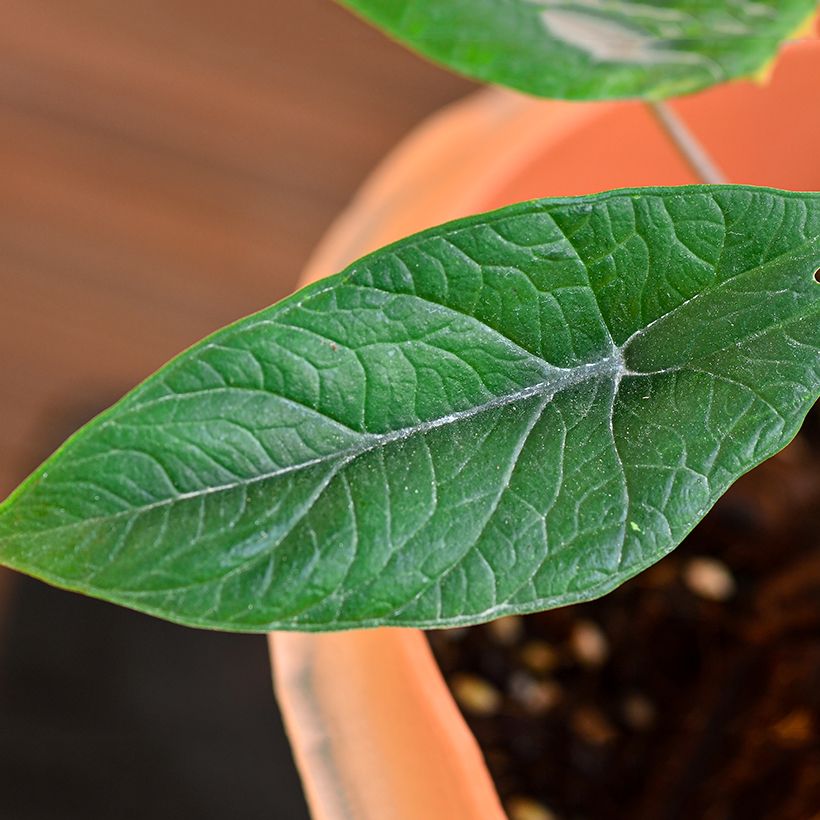

Foliage
Plant habit
Flowering
Botanical data
Alocasia
scalprum
Araceae
Giant taro, elephant’s ears
Southeast Asia
Hazards
atteintescutaneomuqueuses
Cette plante peut provoquer l'apparition de réactions cutanées indésirables, une atteinte des yeux, ou des difficultés respiratoires si elle est ingérée.
Ne la plantez pas là où de jeunes enfants peuvent évoluer. Evitez tout contact avec la peau: privilégiez l'emploi de gants pour la manipuler. En cas de contact, lavez-vous soigneusement les mains et rincez abondamment à l'eau la zone concernée. Lavez les vêtements entrés en contact. En cas de réaction cutanée, contactez votre médecin ou le centre antipoison le plus proche de chez vous. En cas d'atteinte étendue ou de difficultés respiratoires, appelez immédiatement le 15 ou le 112.Pensez à conserver l'étiquette de la plante, à la photographier ou à noter son nom, afin de faciliter le travail des professionnels de santé.
Davantage d'informations sur https://plantes-risque.info
Other Alocasia
View All →Location
Location
Plant care
Watering tips
Potting advice, substrates and fertilisers
Houseplant care
Disease and pest advice
Plant care
Planting & care advice
This item has not been reviewed yet; be the first to leave your review about it.
You have not found what you were looking for?
Hardiness (definition)

Photo Sharing Terms & Conditions
In order to encourage gardeners to interact and share their experiences, Promesse de fleurs offers various media enabling content to be uploaded onto its Site - in particular via the ‘Photo sharing’ module.
The User agrees to refrain from:
- Posting any content that is illegal, prejudicial, insulting, racist, inciteful to hatred, revisionist, contrary to public decency, that infringes on privacy or on the privacy rights of third parties, in particular the publicity rights of persons and goods, intellectual property rights, or the right to privacy.
- Submitting content on behalf of a third party;
- Impersonate the identity of a third party and/or publish any personal information about a third party;
In general, the User undertakes to refrain from any unethical behaviour.
All Content (in particular text, comments, files, images, photos, videos, creative works, etc.), which may be subject to property or intellectual property rights, image or other private rights, shall remain the property of the User, subject to the limited rights granted by the terms of the licence granted by Promesse de fleurs as stated below. Users are at liberty to publish or not to publish such Content on the Site, notably via the ‘Photo Sharing’ facility, and accept that this Content shall be made public and freely accessible, notably on the Internet.
Users further acknowledge, undertake to have ,and guarantee that they hold all necessary rights and permissions to publish such material on the Site, in particular with regard to the legislation in force pertaining to any privacy, property, intellectual property, image, or contractual rights, or rights of any other nature. By publishing such Content on the Site, Users acknowledge accepting full liability as publishers of the Content within the meaning of the law, and grant Promesse de fleurs, free of charge, an inclusive, worldwide licence for the said Content for the entire duration of its publication, including all reproduction, representation, up/downloading, displaying, performing, transmission, and storage rights.
Users also grant permission for their name to be linked to the Content and accept that this link may not always be made available.
By engaging in posting material, Users consent to their Content becoming automatically accessible on the Internet, in particular on other sites and/or blogs and/or web pages of the Promesse de fleurs site, including in particular social pages and the Promesse de fleurs catalogue.
Users may secure the removal of entrusted content free of charge by issuing a simple request via our contact form.
The flowering period indicated on our website applies to countries and regions located in USDA zone 8 (France, the United Kingdom, Ireland, the Netherlands, etc.)
It will vary according to where you live:
- In zones 9 to 10 (Italy, Spain, Greece, etc.), flowering will occur about 2 to 4 weeks earlier.
- In zones 6 to 7 (Germany, Poland, Slovenia, and lower mountainous regions), flowering will be delayed by 2 to 3 weeks.
- In zone 5 (Central Europe, Scandinavia), blooming will be delayed by 3 to 5 weeks.
In temperate climates, pruning of spring-flowering shrubs (forsythia, spireas, etc.) should be done just after flowering.
Pruning of summer-flowering shrubs (Indian Lilac, Perovskia, etc.) can be done in winter or spring.
In cold regions as well as with frost-sensitive plants, avoid pruning too early when severe frosts may still occur.
The planting period indicated on our website applies to countries and regions located in USDA zone 8 (France, United Kingdom, Ireland, Netherlands).
It will vary according to where you live:
- In Mediterranean zones (Marseille, Madrid, Milan, etc.), autumn and winter are the best planting periods.
- In continental zones (Strasbourg, Munich, Vienna, etc.), delay planting by 2 to 3 weeks in spring and bring it forward by 2 to 4 weeks in autumn.
- In mountainous regions (the Alps, Pyrenees, Carpathians, etc.), it is best to plant in late spring (May-June) or late summer (August-September).
The harvesting period indicated on our website applies to countries and regions in USDA zone 8 (France, England, Ireland, the Netherlands).
In colder areas (Scandinavia, Poland, Austria...) fruit and vegetable harvests are likely to be delayed by 3-4 weeks.
In warmer areas (Italy, Spain, Greece, etc.), harvesting will probably take place earlier, depending on weather conditions.
The sowing periods indicated on our website apply to countries and regions within USDA Zone 8 (France, UK, Ireland, Netherlands).
In colder areas (Scandinavia, Poland, Austria...), delay any outdoor sowing by 3-4 weeks, or sow under glass.
In warmer climes (Italy, Spain, Greece, etc.), bring outdoor sowing forward by a few weeks.






























